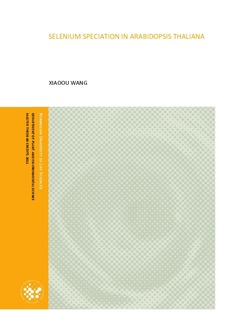| dc.description.abstract | Selenium has been proved as an essential micronutrient and is beneficial to animals and humans. It is a structural component of the important antioxidant enzyme, glutathione peroxidase, which catalyzes reactions to detoxify reactive oxygen species. However, the essentiality of Se in plants remains controversial and the protective role of Se in plants has rarely been investigated. In this study, Arabidopsis thaliana was grown in controlled environments having selenate or selenite enriched medium, and the effects of Se on plant growth, Se distribution and Se species were investigated. The 60Co gamma facility was used as the gamma radiation source to facilitate oxidative stress in plant. A sequential extraction procedure including an enzymatic digestion step was developed for the fractionation of different Se species in Arabidopsis. High performance liquid chromatography interfaced with inductively coupled plasma mass spectrometry (HPLC-ICP/MS) was selected for the separation and speciation of Se using anion exchange and reversed phase.
From the observed results, gamma irradiation and higher medium Se concentrations were toxic to the plants, but irradiated plants treated with 25μM selenate were shown to be protected. Selenate was transported and distributed mainly in plant leaf while selenite was located in plant roots in higher amounts. The anion exchange chromatogram showed that selenomethionine (SeMet) was the dominant organic Se species in both selenate and selenite treated plants. Selenate was the second most abundant Se form in selenate treated plants; a certain amount of selenite was detected in selenite treated plants but it was converted to SeMet readily. A small amount of Se-methylselenocysteine was found in all the Se enriched plants. Due to instrumental problems, only few Se species were identified using reversed phase. | no_NO |
